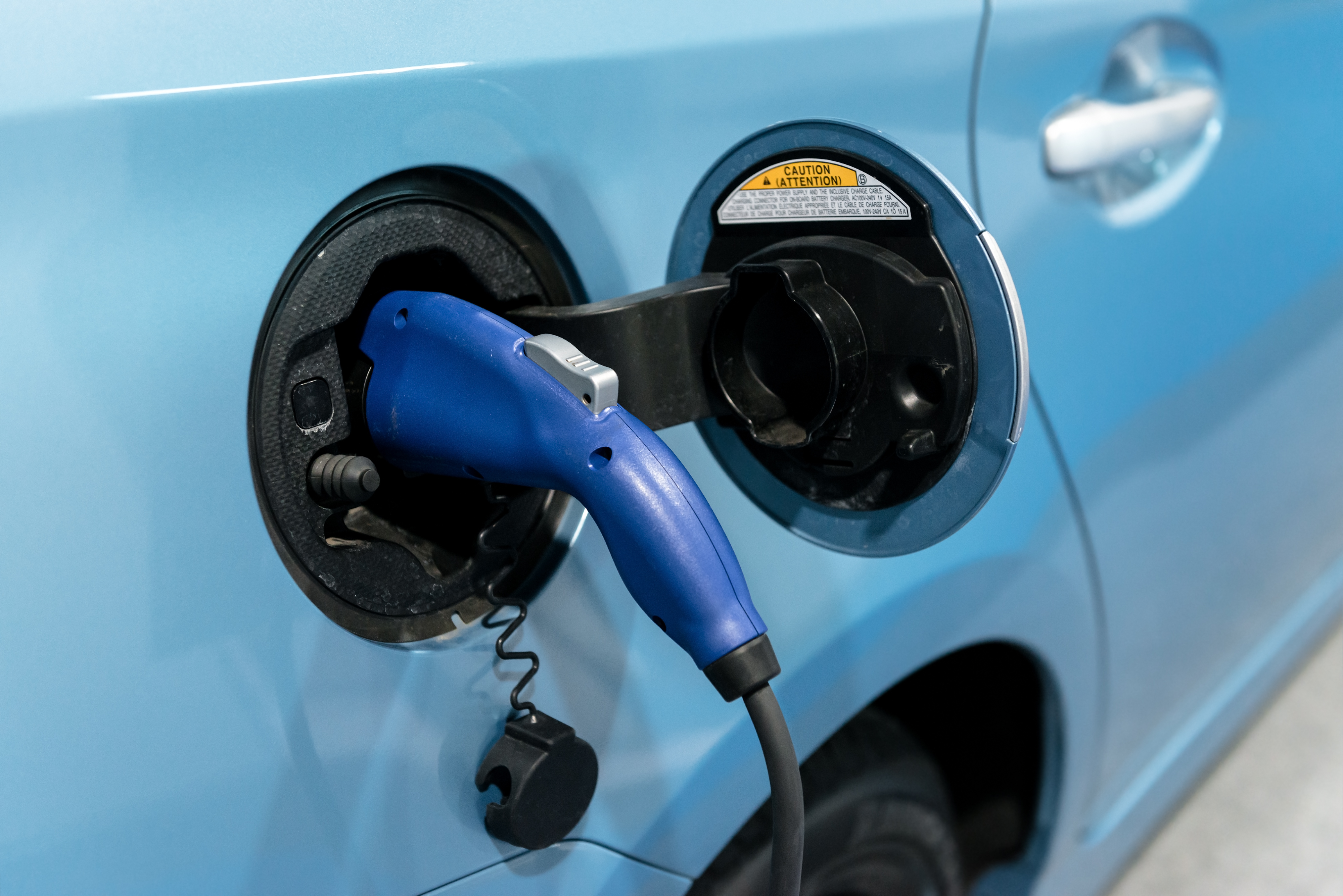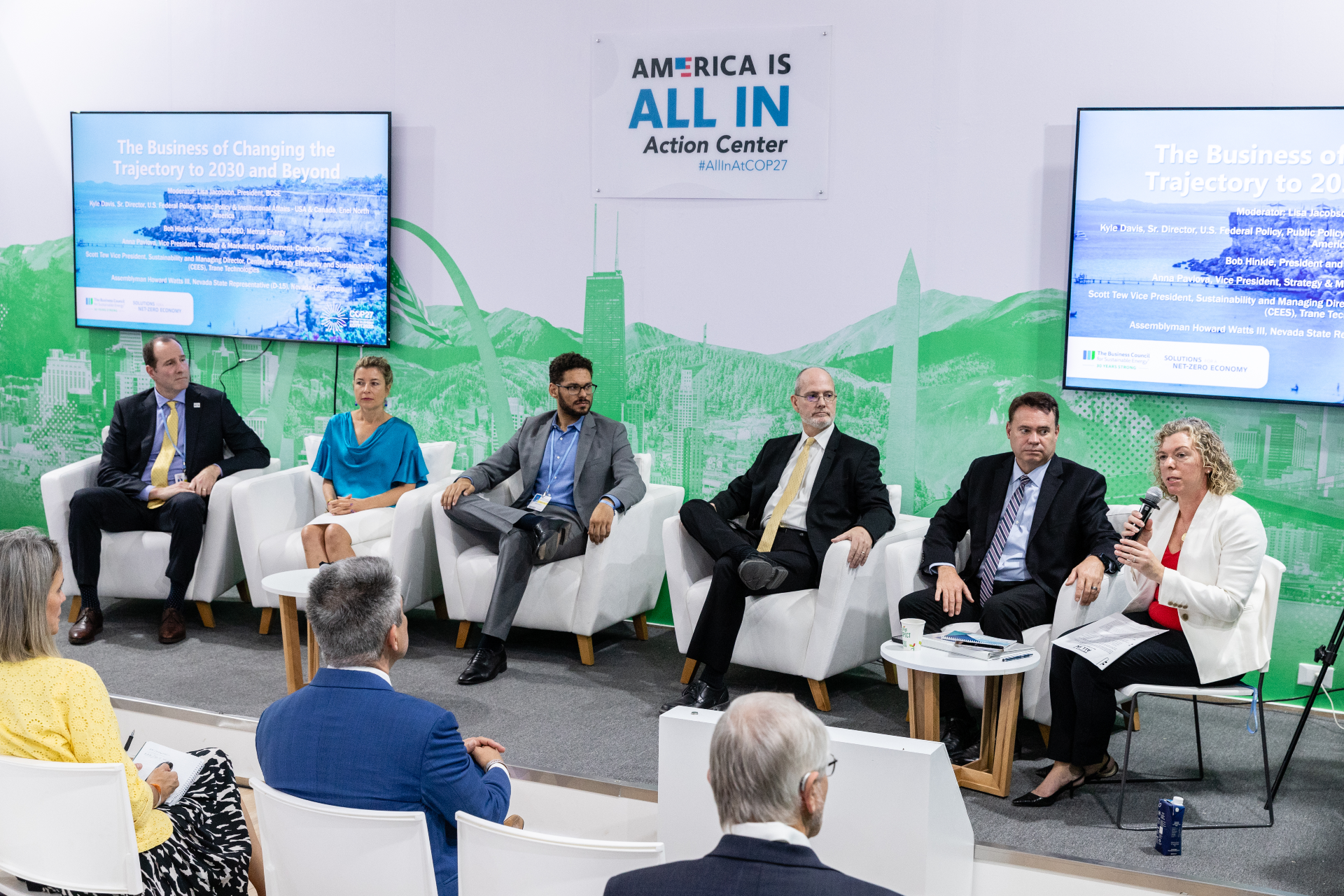Electric Vehicles are Cheaper to Operate. Here's How to Ensure They're Accessible to All.
Let's Save Energy
Alliance to Save Energy's Blog

This post is part of a series on the diverse opportunities in the evolving transportation sector.
Electric vehicles are more affordable than you think.
It costs less than half as much to drive an electric vehicle (EV) the same distance as a gasoline vehicle, and EVs have lower maintenance costs because their engines have fewer moving parts. In fact, total cost of ownership (including the upfront price, maintenance and fueling costs) is already lower for EVs than for gasoline vehicles in Texas and California. Although the average retail price is still higher for EVs than for gasoline vehicles, it’s possible that they will reach price parity by the mid-2020s.
Besides providing financial savings, EVs are about three times more efficient than their gasoline-powered counterparts, meaning that they convert a higher percentage of fuel to power at the wheels. EVs can also improve regional air quality because they don’t produce any tailpipe emissions. For low-income people, this benefit may be particularly important, since those who live in poverty are disproportionately impacted by air pollution.
In sum, EVs are already a smart financial choice for many people, and they provide a clean, quiet ride — yet they still make up a tiny fraction of cars on the road, and most of their early adopters have been upper-income consumers. In other words, even though EVs are becoming increasingly affordable, they still remain out of reach for many Americans.
To address this missed opportunity, multiple states and municipalities are already prioritizing EV affordability and access. Their three main approaches show how to make EVs a reality nationwide:
- Subsidize private EV ownership among low-income consumers. As long as Americans love their cars, private EV ownership should be made affordable for all consumers. The federal Plug-in Electric Vehicle Tax Credit already provides up to $7,500, but consumers receive the credit after filing their taxes, which could be many months after purchasing an EV. Incentives that provide a rebate at the time of purchase may better serve low-income consumers by decreasing the EV’s upfront cost. For example, the California Air Resources Board provides financial incentives for low-income car-owners to replace their high-emitting vehicles with more efficient cars, including hybrid and electric vehicles. These pilot programs, which currently serve residents of the San Joaquin Valley Air Pollution District and the South Coast Air Quality Management District, reserve the highest rebates (up to $9,500) for the lowest-income consumers. Since July 2015, the program has replaced 2,914 gasoline vehicles with more efficient cars, of which 1,391 were either battery electric vehicles or plug-in hybrid electric vehicles.
- Provide EVs via shared mobility: Even with financial incentives, private EV ownership is not affordable for all consumers. However, ride-sharing and car-sharing programs can broaden access to EVs through electrified fleets that are employed on-demand. An example includes Los Angeles’ public-private partnership pilot program that will place at least 80 EVs in disadvantaged communities via car-sharing services.
- Electrify public transit: Electrifying public fleets, such as city buses, is perhaps the best way to ensure broad access to electric transportation among all consumers. Twelve cities around the world have committed to only purchasing electric buses for their public fleets after 2025, including Los Angeles and Seattle in the U.S. In addition, public transit agencies in municipalities nationwide, including Denver, Nashville, Park City, Tallahassee, San Antonio, Stockton and Worcester have already added electric buses to their fleets.
If EVs are to fulfill the hopes of many to drive us toward a more efficient, clean, and, ultimately, affordable mobility experience, then equity and access should remain a key consideration of any EV adoption plan.
RECENT BLOG POSTS
STAY EMPOWERED
Help the Alliance advocate for policies to use energy more efficiently – supporting job creation, reduced emissions, and lower costs. Contact your member of Congress.
Energy efficiency is smart, nonpartisan, and practical. So are we. Our strength comes from an unparalleled group of Alliance Associates working collaboratively under the Alliance umbrella to pave the way for energy efficiency gains.
The power of efficiency is in your hands. Supporting the Alliance means supporting a vision for using energy more productively to achieve economic growth, a cleaner environment, and greater energy security, affordability, and reliability.



